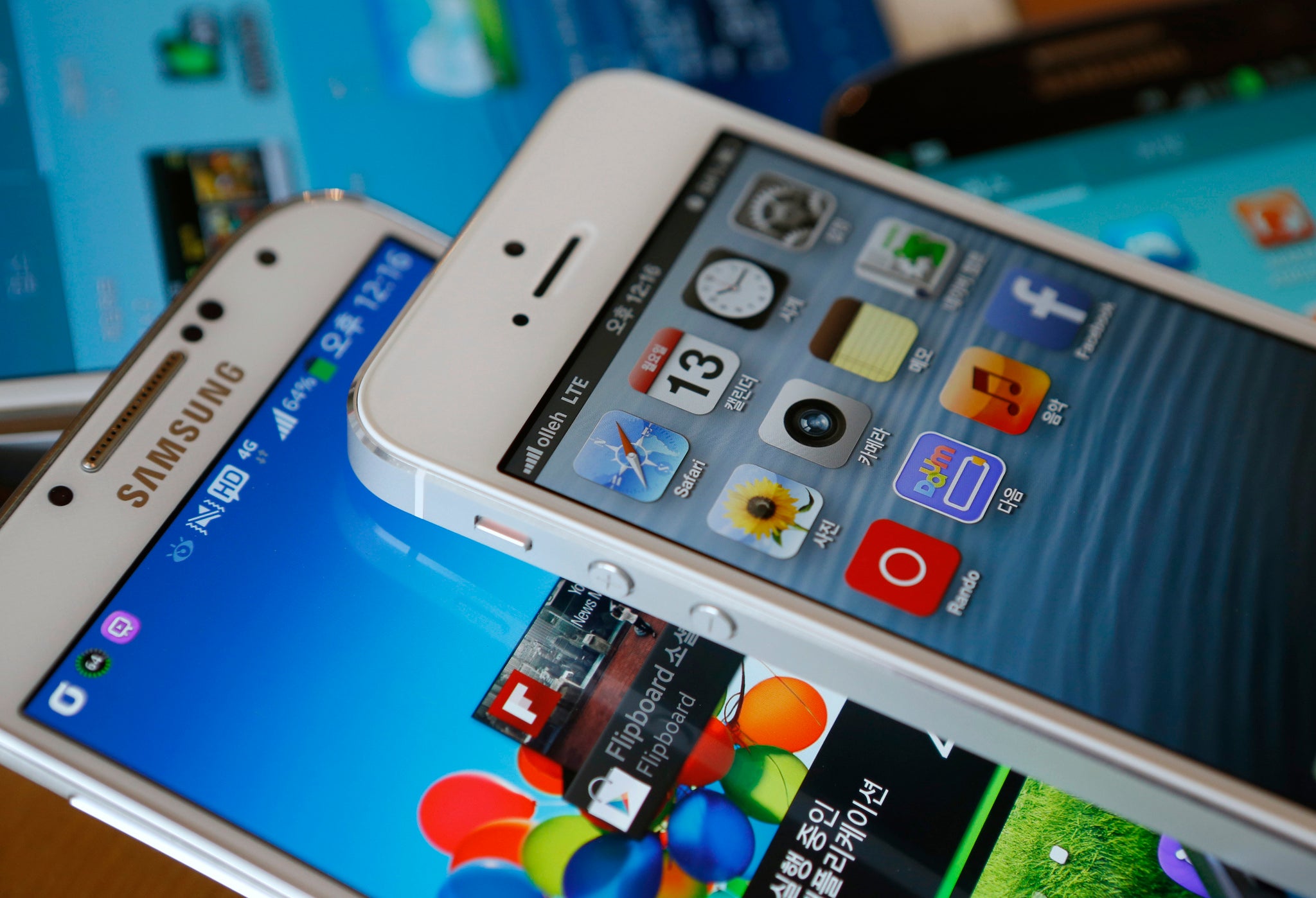iPhone launch: Size matters as rumours gather that Apple will launch phablet-sized mobiles
Phablet sales in the Asian-Pacific region rose by 620 per cent from 2012 to 2013, with most of the sales thanks to Samsung's Galaxy Note

Ahead of Apple's launch of two new smartphones, reports have emerged that the company is also considering iPhones with larger screens, ranging from 4.8 to 6-inches.
The news suggests that the company is continuing to transform its approach to the mobile market as it becomes increasingly threatened by the likes of Samsung.
The South Korean electronics giant became the world’s largest smartphone maker in July this year, with many analysts crediting its success to a diverse product line-up.
Samsung is credited with popularising the phablet format – smartphones with screens between 5 and 6.9-inches. This form factor has proved particularly popular in the Asian-Pacific region, responsible for driving much of the growth in the smartphone market.
Reports from industry analysts IDC says that the region sold as many phablets as tablets and laptops combined in the second quarter of 2013, with around 25.2m units shipped, compared to 12.6m tablets (over 7-inches in screen size) and 12.7m laptops. This represents a dramatic 620 per cent increase from the same quarter in 2012.
Samsung has proved especially prescient in predicting this demand. In the fourth quarter of 2011 their Galaxy Note range captured 90 per cent of the market
Although this dominance has been eroded as other manufacturers have caught on, the Note range still accounts for nearly half of all phablets sold in the region. The latest version of the device, the Note III, was launched at IFA yesterday with a 5.7-inch screen, 1.9GHz quad-core processor and 32GB of internal storage.
It seems that Apple is too late to take advantage of 2013’s boom for phablets, but that might be wise considering that some analysts believe their popularity will be relatively short-lived.
Sources familiar with the matter told the Wall Street Journal that Apple had shown particular interest in the 4.8-inch screen size; an option that might prove a reasonable compromise between the iPhone 5’s 4-inch screen and larger phablet sizes.
Up until now the company has been unwilling to diversify its flag-ship smartphone, but with next week’s product launch expected to feature a cheaper iPhone model (the colourfully plastic-backed iPhone 5C) it seems that the company has acceded to market pressures.
Diversification wouldn’t be without precedent however, with the iPod receiving a similar treatment years after its 2001 launch. As rival manufacturers began producing MP3 players catering to different tastes, Apple began offering more flavours of iPpod. These included the Mini in 2004, the Nano in 2005, the Shuffle in the same year, and the Touch from 2007.
The WSJ also notes a key difference between Samsung and Apple when it comes to responding to market demands: the South Korean company controls the entire manufacturing process for its smartphones allowing them to bring a product to market speedily, whilst Apple relies on a spread of different suppliers which take time to co-ordinate.
Smasung’s strategies certainly seem to be paying off. Its market share of global smartphone sales rose from 30 to 32 per cent in the second quarter of 2013 whilst Apple’s share sales fell from 19 to 14 per cent over the same period.
There is some hope for Apple though, with CEO Tim Cook recently reporting that sales of older, cheaper iPhone models in emerging markets had grown by more than 400 per cent in the third quarter of 2013. With these figures in mind and the iPhone 5C on the horizon, we can expect more good news for Apple in the future.
Subscribe to Independent Premium to bookmark this article
Want to bookmark your favourite articles and stories to read or reference later? Start your Independent Premium subscription today.

Join our commenting forum
Join thought-provoking conversations, follow other Independent readers and see their replies